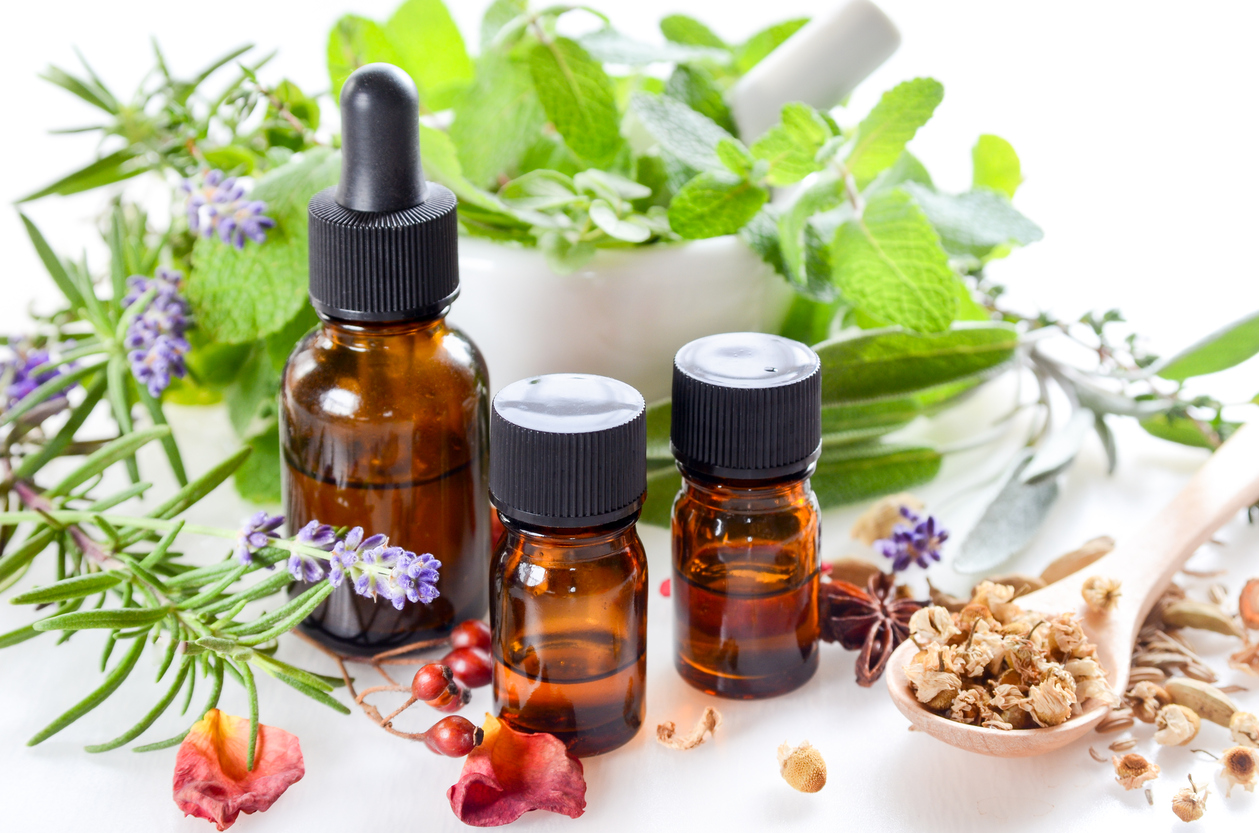First issued in draft in 2004 and then revised as a draft in 2015, Revision 1 of the Guidance document “Botanical Drug Development” issues in final form.
The Guidance reflects current Agency thinking on the drug development process for new drugs (NDAs), investigational new drug applications (INDs) to support NDAs, and a discussion of the appropriate mechanism for seeking inclusion of botanical products in the over-the-counter (OTC) monograph system. (Interesting note, FDA cites three botanical products already included in the OTC monographs – psyllium, senna, and witch hazel.) Inclusion of new products in the OTC monograph may be submitted as a petition to the existing monograph or in a Time and Extent application, as described in the Guidance.
The Guidance document defines the term “botanical” to include plant materials, algae, microscopic fungi, and combinations of these components. Most importantly, it defines what types of products are NOT included:
- Products that contain animals or animal parts (e.g., insects and annelids) and/or minerals, except when these are a minor component in a traditional botanical preparation (e.g., traditional Chinese medicine, Ayurvedic medicine).
- Materials derived from botanical species that are genetically modified with the intention of producing a single molecular entity (e.g., by recombinant DNA technology or cloning).
- Products produced by fermentation of yeast, bacteria, plant cells, or other microscopic organisms, including plants used as substrates, if the objective of the fermentation process is to produce a single molecular entity (e.g., antibiotics, amino acids, and vitamins).
- Highly purified substances, either derived from a naturally occurring source (e.g., paclitaxel) or chemically modified (e.g., estrogens synthesized from yam extracts).
Concepts in the Guidance can be applied to combination products that contain a conventional drug and a botanical, to the extent the provisions apply to the botanical component.
FDA notes that a botanicals designation as a drug implies specifically to its intended use, as some botanical products are classified as foods or cosmetics.
The Guidance document goes on to outline the required information that may be needed for conducting clinical trials, chemistry, manufacturing and controls, nonclinical safety assessment, clinical pharmacology, clinical evidence of effectiveness, evidence to assure therapeutic consistency, and post-marketing considerations. A full copy of this 34-page guidance document can be found here.




